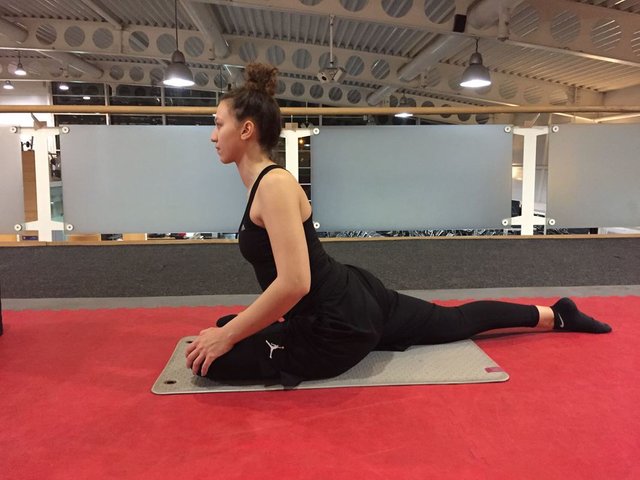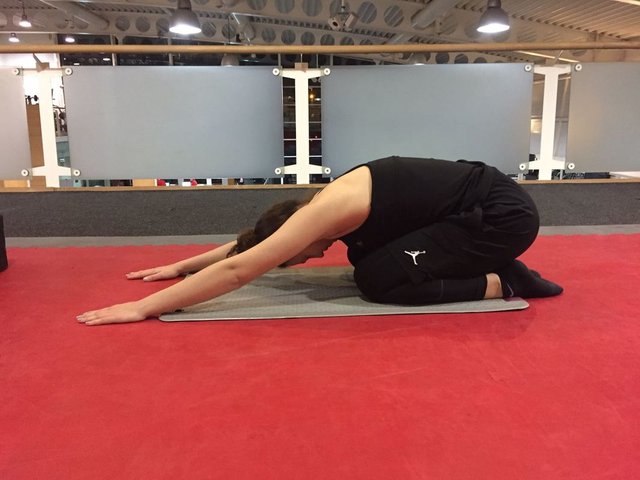The importance of static stretching.

So after every workout you should aim to be stretching at least the muscles that have been used. This will help them relax and loosen, ready for the next workout.
Here are some of my key points on static stretching:
- There are 2 different types of static stretching:
- Maintenance stretching: Stretching that aims to return the muscle back to its normal length, maintaining current flexibility. - Hold from 10-15 seconds.
- Developmental stretching: Stretching that pushes the joint to wider ranges of movement by stretching the muscle past the stretch reflex*. - Hold from 30-60 seconds or more. (You should increase the depth of the stretch slowly over the seconds).
-These types of static stretching can be either active or passive.
Active stretching: Using only your muscles to stretch.
Passive stretching: Using another object to stretch. E.g stairs, door frame, wall ETC.

-Static stretching is only for post workout, using it as a warm up can increase the risk of injury. For pre workout dynamic stretches are the best. I will be doing a post about dynamic stretching soon for anyone that needs help.
-Getting in and out of the stretch is as important as the stretch itself.
-Correct posture should be maintained as much as possible during the stretch (straight back, abs engaged and head inline).
Here are 20 of my favourite static stretches:
(Feel free to print the list, try them out and share!)
1.Pigeon stretch - for the hips and glutes.
- Pretzel stretch - for the glutes and piriformis.
- One arm doorway stretch - for the pec minor and shoulders.
- Wall or curb stretch - for the calves.
- Standing quad stretch - for the quadriceps.
- Deep squat lat stretch - for the back.
- Butterfly stretch - for the inner thigh (short adductors).
- Standing adductor stretch - for the inner thigh (long adductors).
- Cat-cow stretch - for the lower back.
- 3D hamstring stretch - for ALL the hamstrings.
- Standing oblique stretch - for the side of the trunk.
- Rectus abdominis stretch - for the abs.
- Standing tricep stretch - for the triceps.
- Wall bicep stretch - for the biceps.
- Kneeling forearm stretch - for the forearms.
- Posterior shoulder stretch - for the back of the shoulders.
- Standing chest stretch - for the chest.
- Kneeling Hip flexor stretch - for the front of the hips.
- Standing shin stretch - for the tibialis anterior.
- Child pose - good as the last stretch to relax all the muscles.
Its also great to stretch using a foam roller. I will being doing a post on foam rolling soon to show the best way to foam roll.
I hoped this helped and you enjoyed reading it. Please feel free to share (below) and if you have any questions feel free to contact me.

